First Week After Rhinoplasty: What to Expect and How to Heal Well
Featured answer (quick take): The first week after rhinoplasty usually brings peak swelling and congestion, a protective splint, saline cleaning, and head-elevated sleep. Keep activity light, use cold compresses as advised, avoid nose blowing, and follow your surgeon’s instructions closely. Most patients return to desk work in 7–10 days, but visible swelling can linger.
What the First Week After Rhinoplasty Really Feels Like
The first week after rhinoplasty is the most structured part of recovery. You’ll likely have internal congestion, external splinting, and that awkward feeling that your face doesn’t belong to you—yet. That’s normal. Meanwhile, the goal in week one is simple: lower swelling, protect the nasal framework, and set yourself up for the long game of healing. If you’re searching for a realistic rhinoplasty recovery timeline, this is the stretch where routine matters most.
Patients often describe pressure more than sharp pain. Also, you may taste blood at first, breathe mostly through your mouth, and feel tired. That’s expected. In many practices, clinicians recommend saline sprays early and frequently, gentle cleaning around the nostrils, and head elevation—these comfort measures do more than people realize.
Clinician note: In my practice, the biggest week-one win comes from consistency—saline, elevation, and not “testing” your new nose with unnecessary touching. Small habits add up.
Day-by-Day Expectations in Week One
0–1 Day : The Immediate Post-Op Window
- Swelling & congestion: Heaviest sensation of pressure; cold compresses to cheeks (not directly on the nose) if approved.
- Bleeding: Light oozing is common; a small drip pad may be used.
- Medication: Take pain medicine as prescribed; hydrate and eat lightly.
- Movement: Short, careful walks help circulation but avoid exertion.
2–3 Days : Peak Swelling and Finding a Rhythm
- Swelling peaks: Eyes and cheeks can look puffy; don’t panic—this is expected.
- Cleaning: Begin consistent saline spray as instructed; gently clean nostrils with approved tools.
- Sleep: Head elevated on 2–3 pillows or a wedge to reduce congestion.
- Hydration & diet: Soft, low-sodium foods; hydration supports healing.
4–5 Days : Settling In
- Discomfort: Dull pressure rather than pain for most; bruising may yellow.
- Hygiene: Keep the splint dry unless your surgeon says otherwise; continue saline.
- Activity: Light walking only; no bending or lifting that raises pressure.
6–7 Days : Splint Removal and First Glimpse
- Appointment: Many patients have splint removal around day 6–7; the nose looks swollen, especially at the tip.
- Back to routine: Some return to desk work in 7–10 days; keep expectations conservative for public events.
- Patience: Shape refines for months; week one is about foundation, not final form.
Swelling, Bruising, and Comfort: Practical Tips That Help
First Week After Rhinoplasty: Cold Compress and Elevation
Cold compresses on the cheeks can be soothing in the first 48 hours if your surgeon allows them. However, avoid direct pressure on the nose. Sleep elevated—gravity is your friend here. Many patients notice morning puffiness that improves by afternoon; elevation helps even that out.
First Week After Rhinoplasty: Saline, Humidification, and Gentle Cleaning
Saline spray keeps the lining moist and reduces crusting. Likewise, a room humidifier can make mouth-breathing less miserable. For cleaning, follow your surgeon’s exact technique—usually gentle dabbing and softening crusts, never forceful wiping.
First Week After Rhinoplasty: Nutrition and Medications
Light, low-sodium meals can limit fluid retention. In addition, hydration improves energy and supports tissue healing. Use medications as prescribed; avoid non‑approved supplements or anti-inflammatories that can increase bleeding risk unless your clinician says they’re fine.
Important: Avoid nose blowing, strenuous exercise, hot showers that steam the splint, and anything that raises blood pressure. When in doubt, ask your surgeon before resuming activities.
Sleeping After Nose Surgery: Positions and Routines
Most people do best on their back with the head elevated during the first week after rhinoplasty. Side sleeping can be tempting but may shift pressure to the nose and cheeks, which is why clinicians often recommend postponing it. Meanwhile, a wedge pillow keeps you from sliding down. If you wake up on your side, don’t panic—just reposition and carry on.
First Week After Rhinoplasty: Little Habits That Make Nights Easier
- Prep the bedside: saline spray, water, lip balm, tissues.
- Use two pillows behind the shoulders and one behind the head for gentle elevation.
- Keep the room slightly cool; warmth can worsen swelling.
- Set an early medication reminder so pain doesn’t “catch up.”
Cleaning and Aftercare: A Simple, Repeatable Routine
A consistent routine supports healing. That said, the best plan is the one your surgeon gave you, done the same way, every day. Here’s a common, patient-friendly rhythm:
- Wash hands thoroughly; gather supplies.
- Apply saline spray to each nostril per instructions.
- Soften and gently remove crusts only if directed, avoiding friction.
- Keep external splint/tape clean and dry unless told otherwise.
- Moisturize lips and drink water—mouth-breathing dries everything out.
In other words, this is where the phrase nose surgery aftercare becomes tangible: small, frequent steps beat occasional, aggressive cleaning every time.
Activity and Work: When Can You Do What?
Think low heart rate, low risk. Walking is good; lifting is not. Similarly, bending forward increases facial blood flow and can throb. Most return to desk work within 7–10 days, while physically demanding jobs usually require more time off. For exercise, many surgeons recommend waiting at least two weeks for light cardio, longer for strength training, and even longer for contact sports.
First Week After Rhinoplasty: What to Avoid in Week One
- Running, weight lifting, yoga inversions.
- Glasses resting on the nasal bridge (ask about taping/support).
- Nose blowing and sneezing through the nose—sneeze with your mouth open.
- Hot tubs, saunas, or very hot showers.
- Smoking or vaping; both impair healing.
Common Questions in the First Week After Rhinoplasty
How long will the swelling last?
Expect swelling to be most noticeable in the first two weeks, then gradually improve. Even so, the tip can take months to refine. That said, most people feel presentable within a couple of weeks with makeup and smart lighting.
Is bruising normal around the eyes?
Yes, especially if osteotomies were performed. Over time, bruising usually turns from purple to yellow as it fades. Cold compresses (as approved) and elevation help.
When can I shower?
Often within 24–48 hours with a careful method that keeps the splint dry. Your surgeon will give you specifics. Meanwhile, short, lukewarm showers are safer than long, steamy ones in week one.
Can I wear my glasses?
Many surgeons advise avoiding pressure on the bridge for several weeks. Instead, ask about alternatives like cheek rests or taping methods.
What if I accidentally bump my nose?
It happens. If you bump it, don’t assume the worst—call your surgeon, describe what happened, and follow their guidance. Meanwhile, limit activity until you’re advised otherwise.
Safety First: When to Call Your Surgeon
- Heavy bleeding that doesn’t slow with gentle pressure and rest.
- Fever, spreading redness, or worsening pain not controlled by medication.
- Sudden asymmetry, new severe deformity, or splint displacement.
- Any concern that makes you uneasy—your team would rather you call early.
First Week After Rhinoplasty: Realistic Timeline Beyond Week One
Week one is the heavy lift: congestion, swelling, and the splint. Then, weeks 2–4 usually bring steady improvement—less pressure, more energy, and a return to light exercise if cleared. Later, months 2–6 are for refinement; the tip softens, definition improves, and swelling continues its slow retreat. By one year, the result is usually mature, though tiny changes can continue.
All timelines vary. Your skin thickness, surgical technique, and aftercare fidelity all matter. Consequently, comparing noses online rarely helps; focus on your plan, your anatomy, your goals.



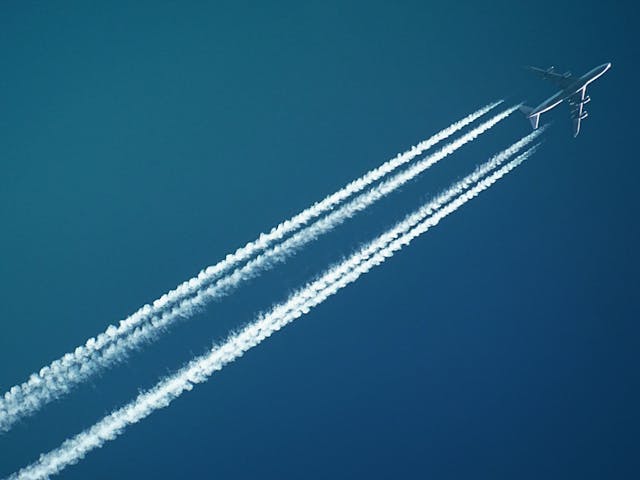



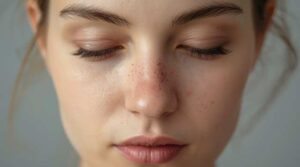

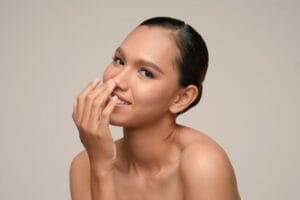

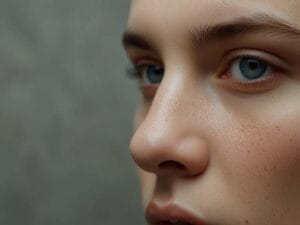
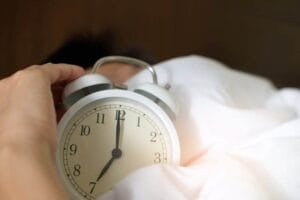
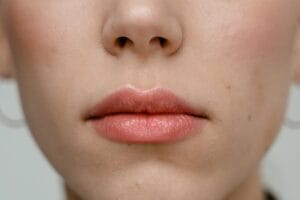
Post Comment